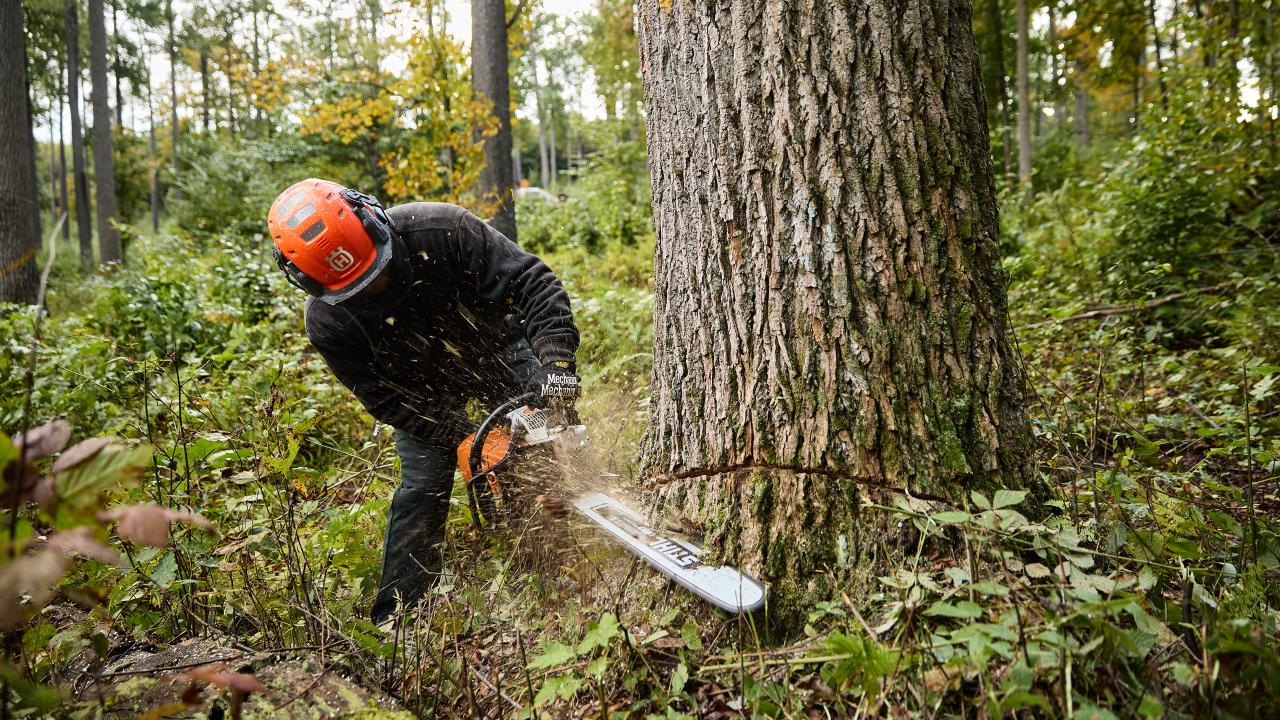N: U.S. hardwood producers ensure that the rights, health and safety of forest workers are safe guarded
Key points
-
Workers’ rights, health and safety is adequately protected and compliance with U.S. federal and state laws and regulations is achieved.
-
All forms of compulsory, child and forced labor are not allowed.
-
Discrimination based upon race, creed or color does not occur.
-
Fair labor standards addressing pay and equal employment are complied with.
Key facts
-
U.S. law clearly specifies and protects the rights of workers in the workplace: https://www.dol.gov/general/aboutdol/majorlaws
-
There is no evidence of child labor or violation of ILO Fundamental Principles and Rights at work taking place in the U.S. Hardwood sector.
-
The U.S. Department of Labor enforces laws and regulations addressing compulsory and child labor: https://www.dol.gov/agencies/ilab/our-work/child-forced-labor-trafficking https://www.dol.gov/agencies/whd/child-labor http://www.dol.gov/dol/topic/youthlabor/
-
U.S. anti-discrimination laws and regulations are enforced by the Department of Labor: http://www.eeoc.gov/facts/qanda.html
-
The U.S. Department of Labor enforces U.S. fair labor laws. The Fair Labor Standards Act (FLSA) prescribes standards for the basic minimum wage and overtime pay for most private and public employment.
-
Employers are required to pay covered employees who are not otherwise exempt at least the federal minimum wage and overtime pay: http://www.dol.gov/compliance/laws/comp-flsa.htm
Details
Seneca Creek 2017 Assessment: Section 7.7: Comprehensively reviews U.S. worker related legislation.
Seneca Creek 2017 Assessment Finding 20: A safety-net of federal and state laws and regulations, resource assessments and forest and wildlife action plans, Best Management Practices (BMPs), professional logger training, forest health monitoring and protection, conservation programs, technical assistance, outreach and cost-share incentive programs, are effective in assisting family forest owners in achieving legal and regulatory compliance, broadening the professionalism of forest workers and promoting sustainable forestry practices. Overall, federal and state forest programs contribute to ensuring sustainable and legal hardwood supplies. [Sections 8, 9]
Seneca Creek 2017 Assessment Finding 24: The FSC U.S. national risk assessment process has affirmatively determined Low Risk of illegally harvested wood, wood harvested in violation of traditional and human rights, and wood from forests in which genetically modified trees are planted. [Section 11]
